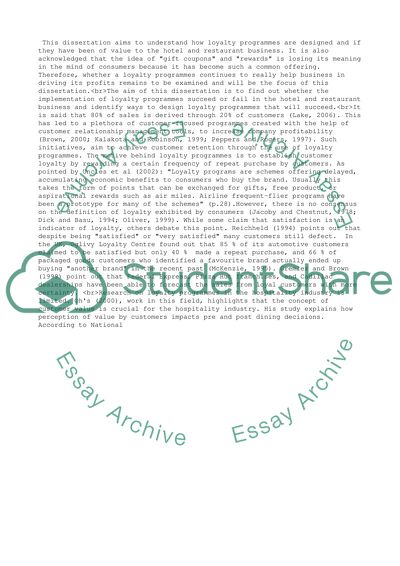Cite this document
(“Loyalty Programmes Assignment Example | Topics and Well Written Essays - 3000 words”, n.d.)
Loyalty Programmes Assignment Example | Topics and Well Written Essays - 3000 words. Retrieved from https://studentshare.org/business/1501922-loyalty-programmes
Loyalty Programmes Assignment Example | Topics and Well Written Essays - 3000 words. Retrieved from https://studentshare.org/business/1501922-loyalty-programmes
(Loyalty Programmes Assignment Example | Topics and Well Written Essays - 3000 Words)
Loyalty Programmes Assignment Example | Topics and Well Written Essays - 3000 Words. https://studentshare.org/business/1501922-loyalty-programmes.
Loyalty Programmes Assignment Example | Topics and Well Written Essays - 3000 Words. https://studentshare.org/business/1501922-loyalty-programmes.
“Loyalty Programmes Assignment Example | Topics and Well Written Essays - 3000 Words”, n.d. https://studentshare.org/business/1501922-loyalty-programmes.


